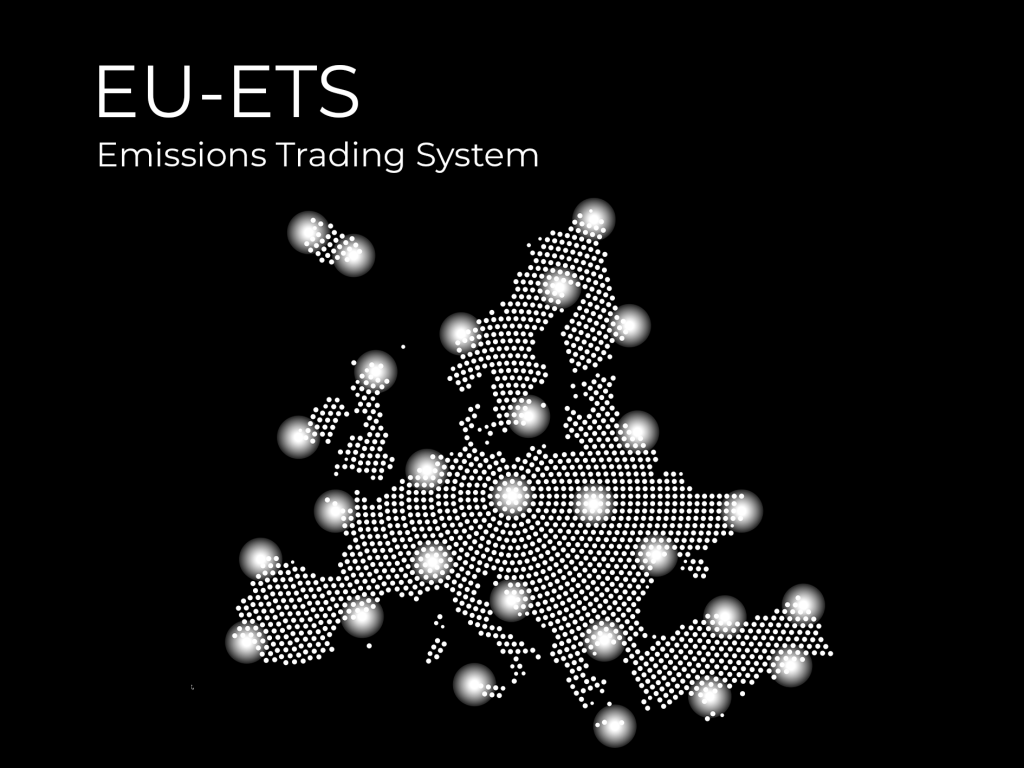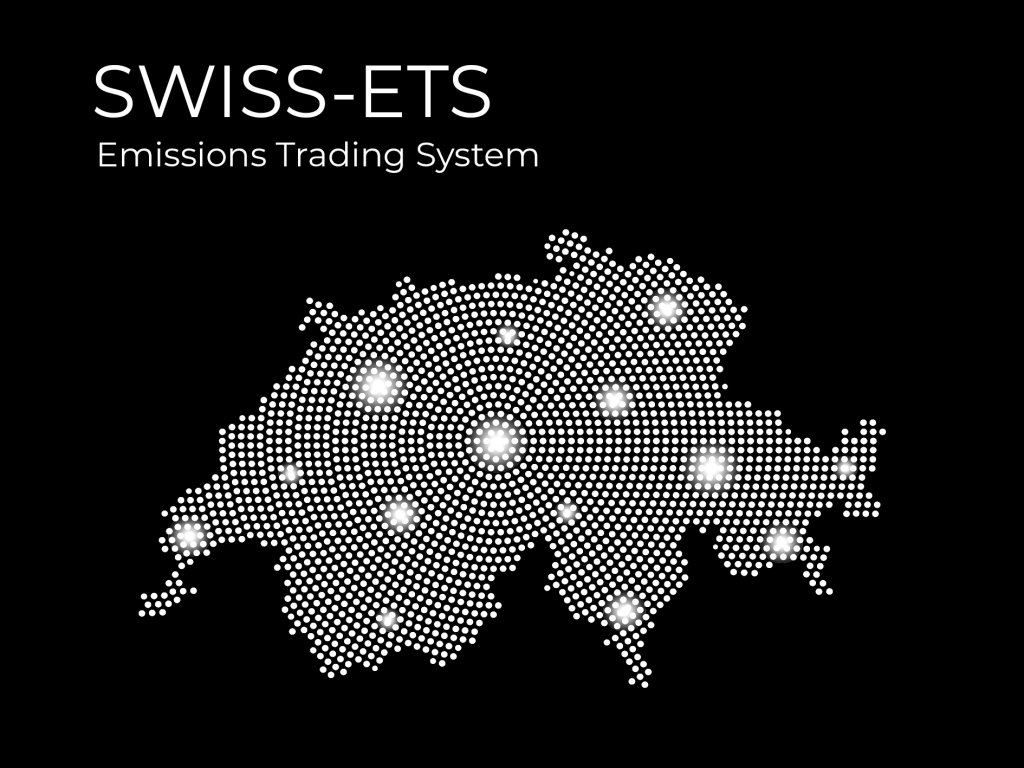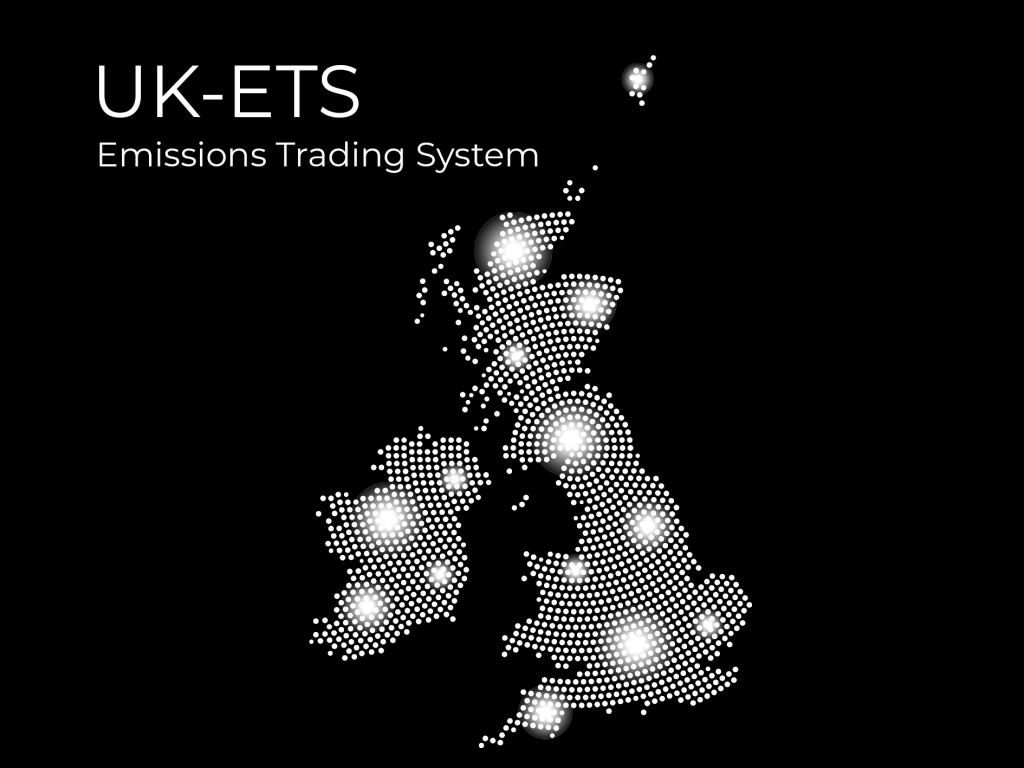What is EU Emissions Trading System – EU ETS?

The European Union Emission Trading Scheme is the first and largest emission trading system to …
What is Swiss Emissions Trading Scheme – Swiss ETS?

Swiss ETS is a cap-and-trade system designed largely in accordance with the same rules governing …
What is UK Emissions Trading System – UK ETS?

The UK Emission Trading Scheme (ETS) is a cap-and-trade system run by the government to reduce …

